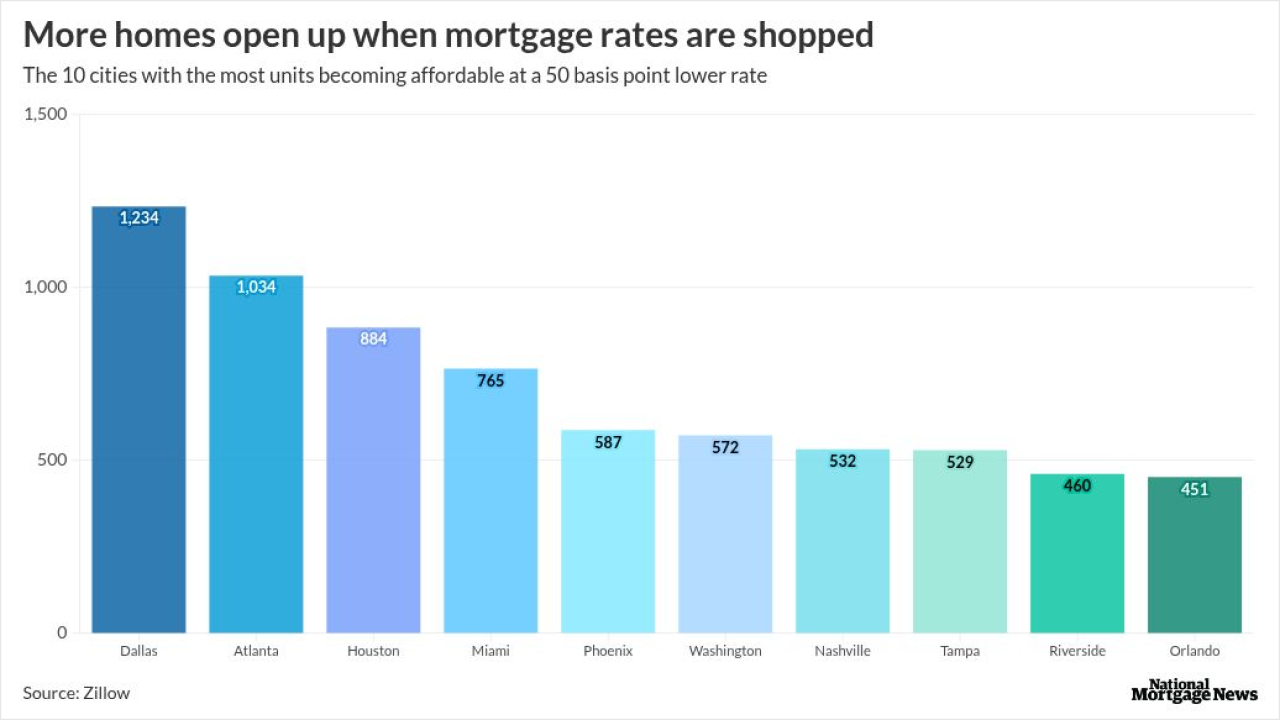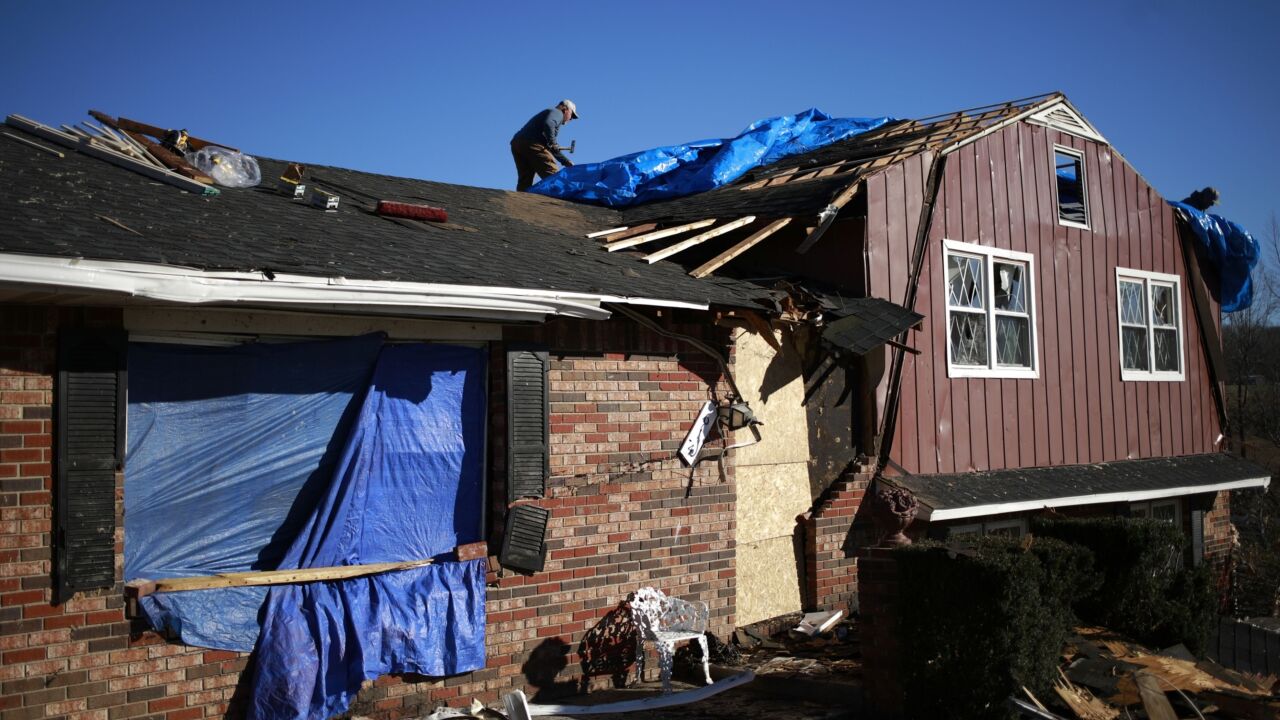New-home construction rose more than economists forecast in February, led by the strongest single-family building in more than eight years, signaling continued confidence in demand for residential real estate.
Housing starts in February climbed 5.2% to a 1.18 million annualized rate
Steady employment growth and a low level of layoffs are creating the kind of job security needed to help households feel comfortable buying a home. An improvement in the selection of available properties, in addition to a pickup in wage growth, will be important in helping lure more first-time buyers and shift the housing recovery into a higher gear.
"We still have a lack of supply in the market, and that's of course good news because that will continue to drive prices and construction activity higher," Harm Bandholz, chief U.S. economist at UniCredit Bank, said before the report. "I have a pretty constructive outlook for the housing industry."
Estimates for housing starts in the Bloomberg survey of 78 economists ranged from 1.2 million to 1.01 million. The January figure was revised up from an initially reported 1.1 million.
Building permits dropped 3.1% in February to a 1.17 million annualized rate after a 1.2 million pace the month before. They were projected to be little changed at 1.2 million within a range of 1.14 million to 1.25 million.
Construction of single-family houses increased to an 822,000 rate, the most since November 2007, the report showed.
Three of four regions had an increase in starts in February, paced by a 26.1% advance in the West, according to the report. Construction sank 51% in the Northeast, the report showed.
On a year-to-year basis, total housing starts were up 31% in February.
Mild winter weather is typically a positive for the housing industry as more construction can take place. February ranked as the warmest since 2000 and the seventh warmest on record, according to National Oceanic and Atmospheric Administration.
However, four states in the Northeast had February precipitation totals that were much above average, which could explain the drop in building in the region last month.
A report Tuesday showed builder confidence held at a nine-month low in March as the sales outlook dimmed. The National Association of Home Builders/Wells Fargo said its sentiment gauge was unchanged 58, receding further from a decade-high reached in October.
Federal Reserve officials are scheduled to conclude a two-day meeting on Wednesday as they mull whether and when to increase their benchmark interest rate. While they are widely expected to delay another hike after December's increase, their guidelines for future moves will be closely parsed.
The pace of any rate increases will likely be of high importance for the housing industry, as cheap borrowing costs have offered support to buyers throughout the recovery.





